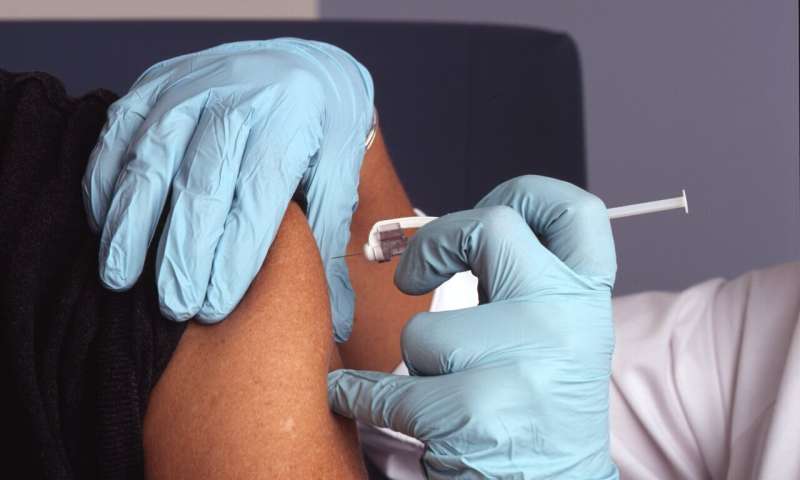Innovative Sugar Fingerprint Technique Accelerates Diagnosis of Fungal Infections

A new glycan-based method offers rapid, reliable diagnosis of fungal infections by detecting immune responses to fungal surface sugars, promising faster treatment and better patient outcomes.
Fungal infections pose a significant health challenge globally, with an estimated 6 million cases and approximately 3.8 million deaths annually, according to the World Health Organization. Candida species, such as C. albicans and C. auris, are common fungi that can cause superficial infections like thrush but also lead to severe, bloodstream-invasive diseases, especially in immunocompromised patients.
Hospitals worldwide are witnessing an increase in Candida infections, particularly among critically ill patients who have undergone surgery or chemotherapy. These fungi can adhere to medical devices like catheters and prostheses, forming resilient biofilms that resist standard antifungal treatments. The European Center for Disease Prevention and Control has emphasized the urgency for improved prevention, rapid diagnosis, and effective therapies.
Traditional detection methods involve blood cultures, which are slow, invasive, and sometimes unreliable, often taking days to identify the fungal pathogen. Recognizing this critical need, researchers from the Max Planck Institute of Colloids and Interfaces, in collaboration with clinicians at the University Hospital of Cologne and the MRC Center for Medical Mycology at the University of Exeter, have developed a groundbreaking diagnostic approach based on analyzing fungal surface glycans.
Candida's cell wall is rich in sugars (glycans), which serve as unique fingerprints detected early by the immune system. The team synthesized pure glycans of Candida and created glycan microarrays, which were then exposed to serum samples from infected and healthy individuals. The presence of specific antibodies binding to these glycans indicates an active infection, providing a rapid and reliable biomarker detectable through fluorescence-based assays.
This innovative method enables fast, non-invasive diagnosis by identifying immune responses to fungal glycans, potentially delivering results within minutes at the bedside. Such rapid detection could dramatically improve patient outcomes by allowing timely initiation of targeted antifungal therapy, thereby reducing mortality rates.
Furthermore, because distinct Candida species have unique glycan patterns, this technique could also differentiate among various strains, guiding clinicians in choosing the most effective treatment. The researchers also see potential for this glycan-based approach to aid in vaccine development, constructing glycoconjugate vaccines aimed at preventing fungal infections in vulnerable populations.
While further work is necessary to translate this technology into routine clinical practice, the current findings hold promise for transforming fungal diagnostics and enhancing strategies for prevention and treatment of invasive mycoses.
For detailed information, see the study published in the Proceedings of the National Academy of Sciences: DOI: 10.1073/pnas.2505340122.
Stay Updated with Mia's Feed
Get the latest health & wellness insights delivered straight to your inbox.
Related Articles
Global Radiology Guidelines Establish Best Practices for Post-COVID Chest CT Imaging
An international expert panel has released new guidelines for the use and reporting of chest CT scans in patients recovering from COVID-19, promoting standardized terminology and optimal imaging practices to improve patient management.
Winning Experiences and Social Rank Influence Brain Pathways to Reduce Drug-Seeking Behavior
New research reveals how winning social experiences can reshape brain dopamine systems, reducing drug-seeking behavior by enhancing neural control mechanisms. Learn how social rank influences addiction vulnerability.
COVID-19 Booster Vaccinations Significantly Reduce Hospitalizations in Cancer Patients
Recent studies show that COVID-19 booster shots significantly decrease hospitalizations among cancer patients, emphasizing the importance of vaccination for vulnerable populations.
Critical Gaps in Hospital Charity Programs Leave Patients Responsible for Bills
Many hospital charity care programs have critical gaps, leaving patients responsible for significant medical bills despite qualifying for assistance. Uncovered providers and narrowly defined necessary care contribute to rising patient debt, highlighting systemic flaws in healthcare affordability.



